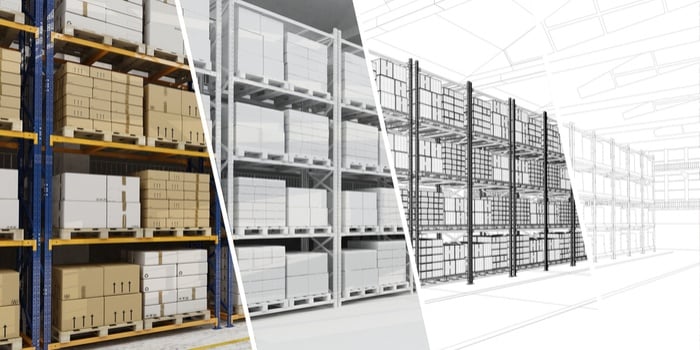You know what it's like. You catch the inkling that things aren't moving as quickly as they should be. Your numbers aren't quite adding up. Unless you know there is a specific cause of a dip in production volume — such as a planned staff shortage, an identified supply chain issue or a machine failure — the numbers will likely concern you and force you to take a step back to ask:
Is Your Production Volume Plunging?

The problem is, as you've seen time and time again, the busier you are, the more likely you are to experience issues. That's because when you experience an uptick in demand, and consequently transform into a busier manufacturer or distributor, you must move more quickly, therefore allowing for more frequent errors. The hardest time to stick to your process is when you are busy — and that's also the time when sticking to the process is more important than ever.
Think, for example, of a printer. If the printer suddenly has an influx of 600 jobs, when its typical day demands only 200, it's fairly likely to fail, need repair, and be down for longer than it would have taken to run the jobs on a more realistic schedule. Even if the machine does have the capacity to handle the requests, you might not be able to sort through thousands of sheets of paper without clocking additional downtime. There would be plenty of mixups, causing delays.
As you scale, you add challenges, such as maintaining a clean flow of product and people, despite increases in volume. When people are moving quickly, they might place items in the wrong spot, blocking an aisle, or damage a machine with careless maintenance. If something goes wrong as a result of any of this quicker pace, especially if a person sustains an injury or a machine sustains damage, an investigation and write up could take hours. And that means hours of downtime.
So in the face of that increase in both busyness and error potential, how can you keep production volume up and avoid defaulting to the "it's because we're busier" excuse — even if that's true?
Working To Keep Volume Up
Even in the face of the many potential ways your production volume might drop, there are several definitive ways to turn things around. You might run a time study and find that a given shift is not producing enough parts per shift or per hour, alerting you to a gap in training and performance. Or you discover that a certain machine always fails because its maintenance schedule is not being maintained. Typically in these scenarios, you need to begin to examine the human aspect of operations.
After all, you can't blame a machine for not changing its own oil, or a forklift for the crash that comes when someone placed product pallets in the wrong space. And when you begin to examine the human behavior that can lead to downtime, you see, again, that sticking to process is paramount to keeping production volume up. Shirk on the responsibility of maintaining process and you'll be doomed to address increased downtime in the form of additional repairs or safety investigations.
Of course, the longer your team members have been involved in the process, the more knowledgeable they'll be, allowing them to operate more efficiently. So when you recognize a drop in production volume, and you observe that it involves a certain operator, begin to address that with training and process review. Empower your people with information.
Training can take place immediately, or it can be a lengthy process toward improvement. But there are ways to gain quick wins, such as moving the product closer to the operator so he or she experiences less transition time between stations, adding safety barriers and bollards to influence product flow, and ordering earlier to ensure all supplies are available at all times. Smart placement, smart ordering and smart training are your greatest allies in the production volume fight.




